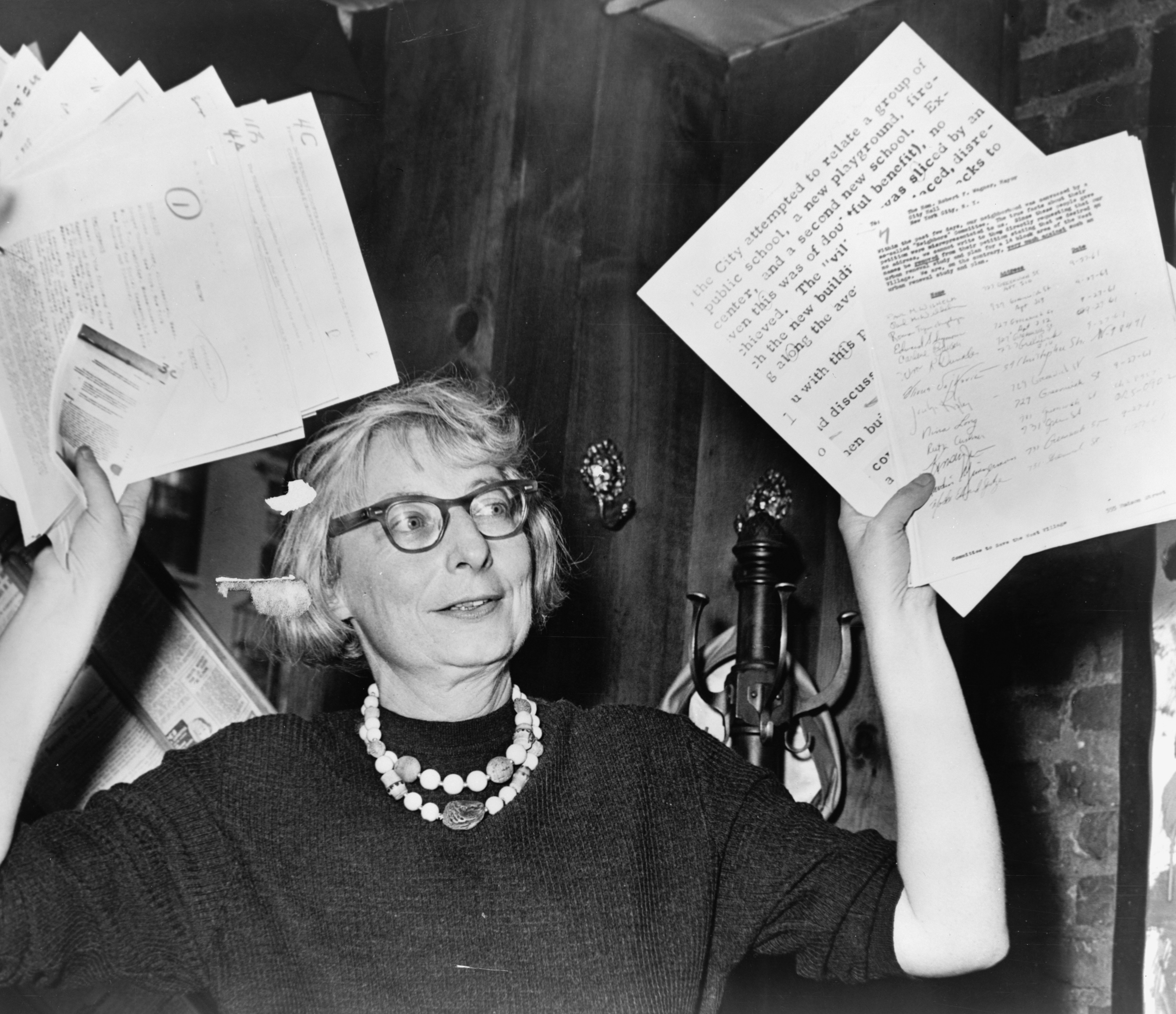 |
| Screenshot of the protagonist in The Roots' "undun" |
"undun is an existential re-telling of the short life of one Redford Stephens (1974-1999). Through the use of emotives and Redford's internal dialogues the album seeks to illustrate the intersection of free will and prescribed destiny as it plays out 'on the corner'. Utilizing a reverse narrative arc, the album begins as the listener finds Redford disoriented--postmortem--and attempting to make sense of his former life. As he moves through its pivotal moments he begins to deconstruct all that has led to his (and our own) coming undun."
The idea of "the intersection of free will and prescribed destiny as it plays out 'on the corner'" clearly relates to our own discussion of environmental determinism beginning with Jacob Riis's How the Other Half Lives, but strikes an interesting balance between individual responsibility and social failure. Here's how the band further describes the story of Redford:
"undun is the story of this kid who becomes criminal, but he wasn't born criminal… he's actually thoughtful and is neither victim nor hero. Just some kid who begins to order his world in a way that makes the most sense to him at a given moment... At the end of the day... isn't that what we all do?"
Since the album is not out yet, there's not much to go on. But I love the cover. It reminds me of our discussions of Riis and Vergara, and how despite the lack of basic services provided to inner-city communities by municipal governments, the urban poor nonetheless often transform their own neighborhoods, like the boys here making a playground out of these abandoned mattresses.
One of the songs that has been released with an accompanying video is called "Make My." The title clearly references the famous line from Dirty Harry spoken by Clint Eastwood's vigilante protagonist to a partially wounded black bank robber who is contemplating reaching for his gun. The song though clearly recontextualizes this classic showdown.
"Making my day" has a different meaning for the protagonist of "undun." He is clearly struggling to survive below the poverty line and wondering how he will be able to survive:
"They told me that the ends would justify the means
they told me at the end, it would justify the dreams
That I’ve had since a child, maybe I’ll throw in the towel
And make my, make my, make my, make my
Departure from the world"
I'm not posting the "Make My" video teaser one line, though you can find it here. (It does interestingly revise the classic showdown scene as an instance of a young black man killing another young black man.) Instead, I'll close by sharing the video for the track "tip the scale," which references the scales of justice that seem tipped against inner city minority youth:






